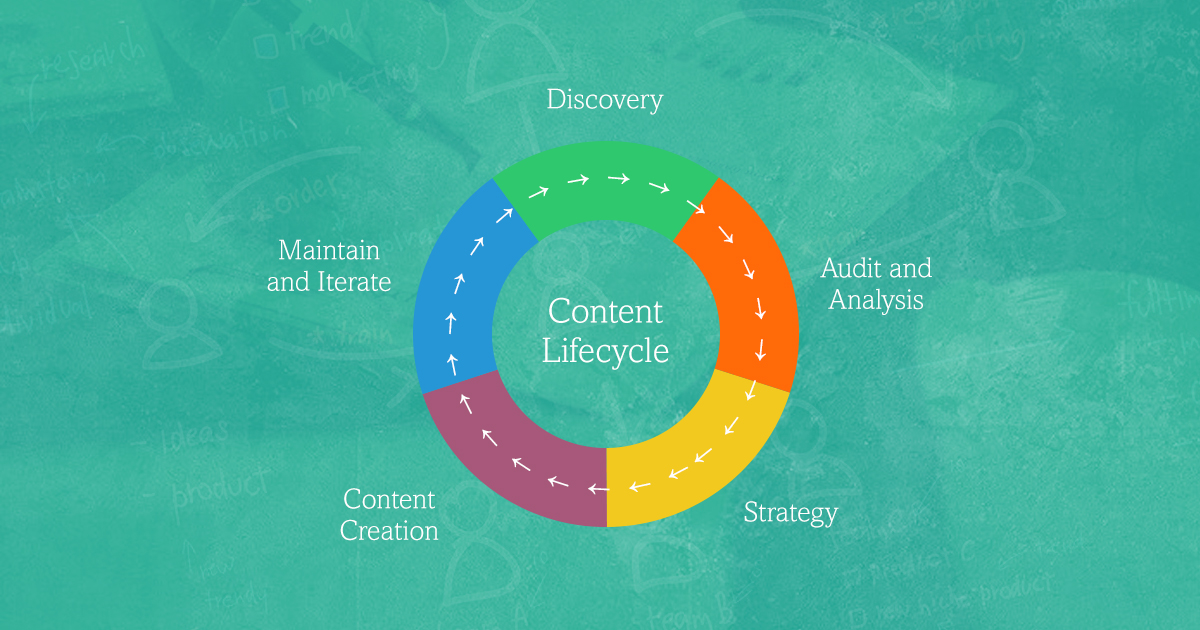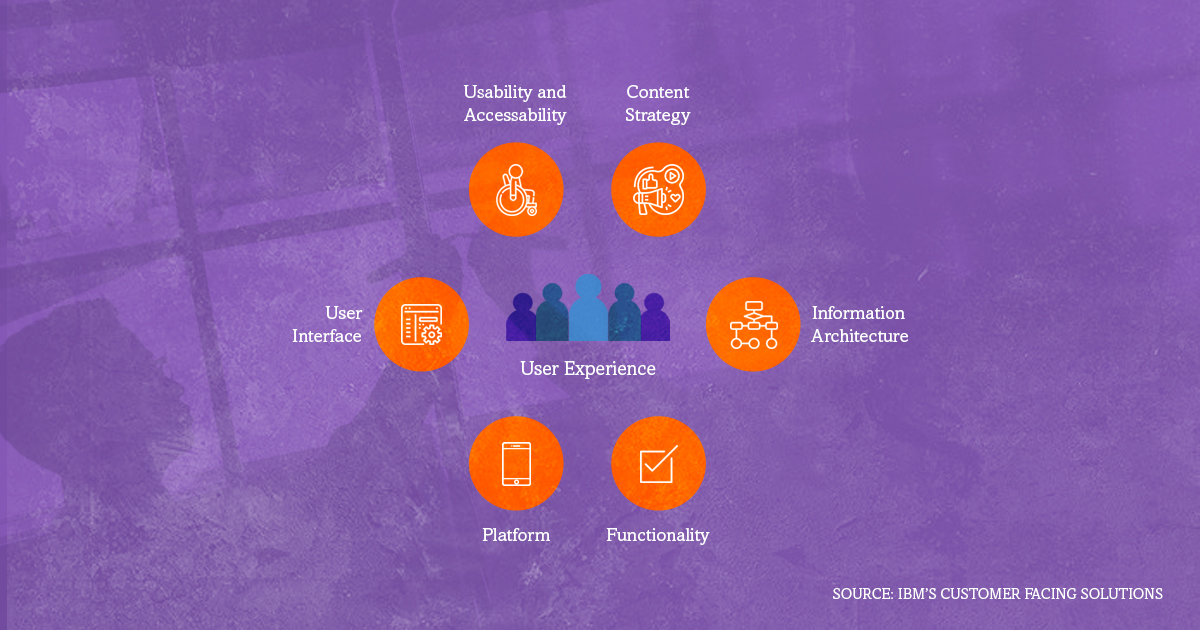What is Content Strategy?
There are many different ways to define content strategy.
Given that the term content is inherently ambiguous, it’s best to understand content strategy by first defining content. For the purpose of this article, the definition of content will be mostly in the context of the web. So that means the text on a website (including blogs, ebooks, and white papers), and also images, video, audio, data, social media, and email. It can also be much more and also can be used for print as well. Ian Lurie from Moz describes content as “anything that communicates a message to the audience.”
There are many different definitions of content strategy.
Kristina Halvorson from Brain Traffic defines content strategy as a plan for “the creation, publication, and governance of useful, usable content.”
Margot Bloomstein of Appropriate, Inc defines it as “planning for the creation, aggregation, delivery, and useful governance of useful, usable, and appropriate content in an experience.”
At Tangible UX, we define content strategy as the process of crafting quality content that is data-driven and informed by an audience’s needs, with clear governance, and created with an efficient process. It is delivering content in a well organized and useful way to the right person at the right time on the right platform.

Why Does Content Strategy Matter?
The age of the internet has increased the amount of content that is published. Social media and website templates have put publishing tools into the hands of the masses. That means it is increasingly essential to have a clear process and strategy for content. Content strategy cuts through the information overload of the internet, so that content is findable and useful to the target audience.
What is the Content Strategy Process?

The content strategy process begins with a discovery phase that uses UX tools, user personas, and journeys, to identify the needs and goals of the target audience and identify what channels the audience uses and when. It also can include user research, marketing research, interviews, and focus groups. Essentially, whatever tools are available and appropriate to fully understand the target audience.
Kristina Halvorson explains, “When you understand why (and when) the target users access each channel, you’ll have a better grasp on what content belongs where.”
Next are the audit and analysis phases which identify what content currently exists and analyzes its usefulness and findability. During this process, a gap analysis is conducted to identify what needs to be created to fulfill the needs of the personas.
It also highlights who has governance over what content within an organization and the current workflow. This will later give insight into how to improve these processes.
With this data, a strategy can be developed. The strategy can include governance (who creates what), the improved workflow for content production, and a plan for sourcing information, as well as identification of what content should be published where and when and taxonomy. It can also include refined voice and brand guidelines, a migration plan if systems are changing, a metadata plan, and much more as needed. The next phase is content creation. Using search engine optimization and target audience insights, quality content is created and delivered on the appropriate channel.
Finally, the entire process needs to be maintained as well as improved based on audience insights.
This is just a basic outline. Any project can be more or less complicated. The important takeaway is that the project is centered around the initial discovery phase when the audience and their needs are identified and that those govern the entire process.
How is Content Strategy Relevant for UX?

Content strategy is sometimes thought of as redundant to a UX project as it does something that any good UX project would already do. That is, identify the audience and ensure that they find the content they need in a format that is accessible. However, a project can have the best designs and the most intuitive layout, but without quality content within that framework, the audience will not have a good user experience. Content strategy is part of the foundation of what makes UX successful.
Let’s put this into simple terms. Imagine a cookie jar. It has a wide base, a lid that fits on top. You can recognize a cookie jar even at a distance because it follows certain intuitive design cues that allow your brain to recognize what it is. Now imagine that you open that cookie jar and inside are not cookies, but instead carrots. That would be bad content strategy. Even though the cookie jar is recognizable for what it is, the content inside does not fulfil your ‘need’ for cookies. If the content is not what the user needs, the overall user experience will suffer.
Kristina Halvorson explains “it’s inherently impossible to design great UX for bad content. If you’re passionate about creating better user experiences, you can’t help but care about delivering useful, usable, engaging content.”
Content Strategy is an Integral Part of UX
User design and content strategy are aligned in that they put the human experience at the heart of the work. Users are first; those who search, find and consume content, are the audience we want to create content for and deliver content to. That is why we are so excited to offer content strategy as part of our services. We see content strategy as an integral part of many UX projects.
Want to learn more about our content strategy offerings? Let’s talk.
References:
10 Definitions of Content Strategy Content by Bussolati
Content Strategy and UX: A Modern Love Story by Kristina Halvorson

